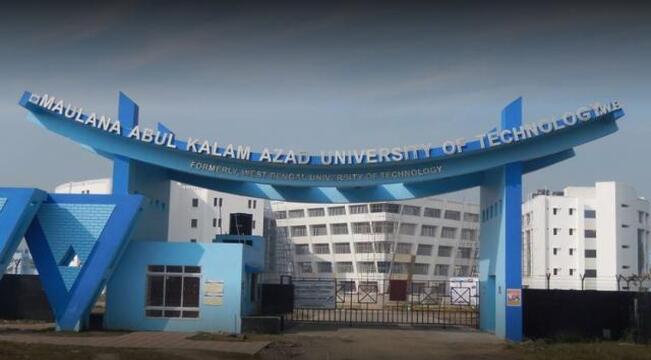New Delhi, December 12, 2024: Education has always been seen as a way to create equal opportunities for everyone. As the world advances in the 21st century, rapid technological advancements have revolutionised various industries, including the education sector. With AI coming into the game, it is working as a transformative tool and reshaping how learning is delivered and accessed. In this pursuit, Daljeet Sandhu the CEO of Daltin AI Portal will share his insights on how AI is bridging the education gaps and making it accessible for all.
Why Educational Gaps Persist?
Educational inequality manifests in various forms including geographical, socio-economic, gender-based, and even disability-related. In rural and remote areas, schools may lack qualified teachers, up-to-date learning resources, and even basic infrastructure. Urban areas, on the other hand, often witness overcrowded classrooms and limited attention to individual learning needs. Add to this the digital divide, which became glaringly evident during the COVID-19 pandemic when many students were unable to participate in online education due to a lack of devices or connectivity.
AI, with its ability to personalize learning and provide scalable solutions, has the potential to address these issues effectively in the following ways.
Intelligent Tutoring System
AI-powered intelligent tutoring systems are transforming education by serving as virtual mentors for students and providing personalised and adaptable guidance. By analyzing a student’s progress, strengths, and areas for improvement, AI tutors can now create customised learning experiences and deliver instant feedback. By allowing students to practice concepts and reinforce their understanding, intelligent tutoring systems enhance comprehension and significantly boost performance across various subjects.
Personalised Learning
Every student learns differently, and AI-powered platforms can analyze individual learning patterns to create content accordingly. For instance, an adaptive learning system can access a student’s progress in real-time and modify the difficulty of tasks to suit their pace and understanding. This level of personalization is particularly beneficial for students who struggle with traditional teaching methods or need extra support.
Inclusivity in Education
AI’s role in inclusivity cannot be overstated. For students with disabilities, AI-powered assistive technologies like text-to-speech software, speech recognition, and screen readers enable access to learning materials. Today numerous AI tools help visually impaired students go through educational environments with greater ease. AI also supports students with learning disabilities such as dyslexia.
Language Barrier
Language has long been a barrier to education in multicultural and multilingual societies. AI tools help students to learn in their preferred languages or grasp concepts in a language foreign to them. This is especially critical in regions where local dialects dominate but educational materials are available only in a standardised language. AI also facilitates cross-border collaboration in education, allowing students from different linguistic backgrounds to engage in global learning programs without being hindered by language differences.
Expanding Access to Quality Education
AI can serve as a bridge between impoverished or remote pupils and quality education. Virtual tutors and AI-driven educational apps can deliver lessons in local languages, ensuring accessibility for non-native speakers. These tools also address teacher shortages by providing alternative means of instruction.
Ethical Considerations
Despite its promise, the adoption of AI in education is not without challenges. Data privacy, algorithmic biases, and the fear of over-reliance on technology are pressing concerns. For instance, if AI systems are trained on biased datasets, they may reinforce existing inequalities rather than eliminate them.
Additionally, there is a need to strike a balance between AI-driven solutions and the irreplaceable role of human educators. Teachers offer emotional support, mentoring, and a sophisticated grasp of a student’s needs that robots cannot match.
The Way Forward
For AI to fulfil its promise of bridging educational gaps, a collaborative approach is essential. Policymakers, educators, technologists, and communities must work together to ensure that AI is implemented responsibly and inclusively. Investment in teacher training, infrastructure, and ethical AI practices will be crucial in this journey.
AI is not a magic wand that will solve all problems overnight, but it offers a powerful toolkit to address long-standing challenges in education. By leveraging its potential wisely, we can move closer to a future where learning is accessible, inclusive, and empowering for all.
Corporate Comm India (CCI Newswire)






























